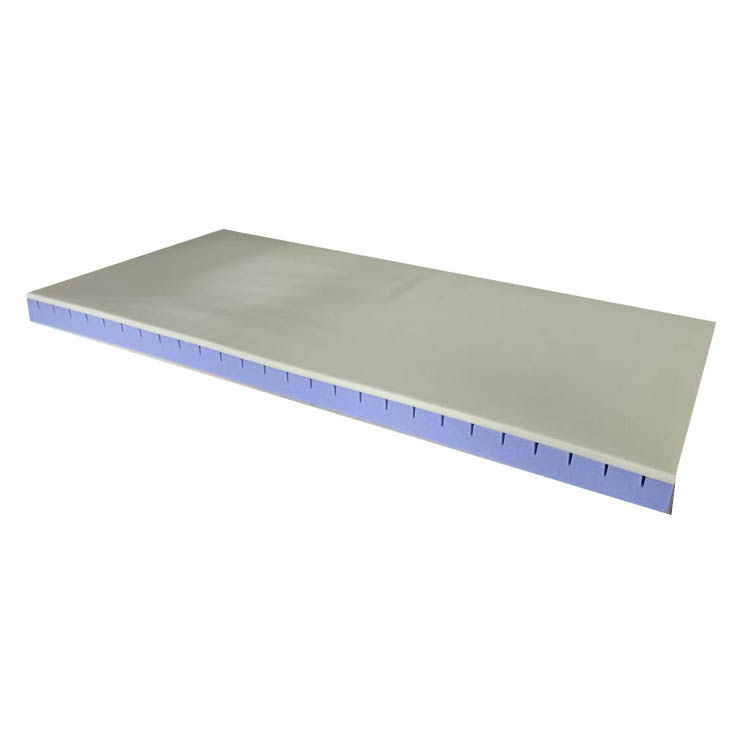Types of Air Mattresses for Hospital Beds - Comfortable and Supportive Solutions
Types of Air Mattresses for Hospital Beds
In healthcare settings, ensuring patient comfort and preventing complications such as pressure ulcers are of utmost importance. One critical factor in achieving these goals is the choice of mattress used in hospital beds. Among the various options available, air mattresses have gained popularity for their ability to provide customized support and pressure relief. This article discusses the different types of air mattresses designed specifically for hospital beds.
1. Static Air Mattresses These mattresses consist of air-filled chambers that maintain a consistent level of support. They work by evenly distributing a patient’s weight across the surface, reducing localized pressure points. Static air mattresses are relatively simple in design and are often recommended for patients who are at a low risk of developing pressure sores. They provide adequate comfort and support while being easy to maintain and clean.
2. Dynamic Air Mattresses Unlike static air mattresses, dynamic air mattresses feature a system of air cells that alternately inflate and deflate. This continuous movement helps to shift the patient's weight, preventing prolonged pressure on any single area of the body. Dynamic air mattresses are particularly beneficial for patients at a higher risk of developing pressure ulcers, as they promote blood circulation and enhance comfort. These mattresses come in various configurations, including alternating pressure mattresses and low-air-loss systems.
types of air mattresses for hospital beds

3. Alternating Pressure Mattresses A subset of dynamic air mattresses, alternating pressure mattresses use a programmed cycle to inflate and deflate air chambers in a pre-determined sequence. This action effectively redistributes pressure and provides constant relief for sensitive areas. They are particularly effective for patients who have existing wounds or those who are immobile for extended periods. The advanced technology available in these mattresses often includes adjustable settings to cater to individual patient needs.
4. Low-Air-Loss Mattresses These mattresses combine the benefits of air circulation and pressure relief. They use a system that maintains a constant flow of air through the mattress, keeping the surface cool and dry. This feature is essential for patients who are prone to moisture-related skin issues. Low-air-loss mattresses are ideal for addressing the comfort and hygiene needs of patients with high-risk wounds or those suffering from incontinence.
5. Hybrid Air Mattresses Combining elements from both foam and air technologies, hybrid air mattresses offer a versatile solution for hospital settings. They often feature a supportive foam layer topped with an adjustable air chamber, providing both stability and pressure relief. This type of mattress can cater to a wider range of patient conditions and preferences, making it a popular choice in many healthcare environments.
In conclusion, selecting the right air mattress for hospital beds involves a careful evaluation of patient needs, risk factors, and comfort requirements. Whether opting for static or dynamic solutions, the benefits of air mattresses in preventing pressure ulcers and enhancing patient comfort are clear. By understanding the various types of air mattresses available, healthcare providers can make informed decisions that promote better patient outcomes.
-
The Science Behind Silicon Mattresses for Critical Care EnvironmentsNewsJul.16,2025
-
The Role of Wave Mattress Systems in Pressure Ulcer PreventionNewsJul.16,2025
-
The Role of ICU Nursing Silicon Mattress in Preventing Pressure UlcersNewsJul.16,2025
-
Long-Term Bedridden Patients and the Advantages of Silicon Mattresses in the ICUNewsJul.16,2025
-
From ICU to Home Care: Expanding the Use of Silicon Mattresses for Nursing NeedsNewsJul.16,2025
-
Choosing the Right Wave Mattress for Different Levels of Patient CareNewsJul.16,2025
-
The Effect of Coconut Foam Mattress Breathability and Humidity Regulation on Improving Sleep QualityNewsJul.03,2025

